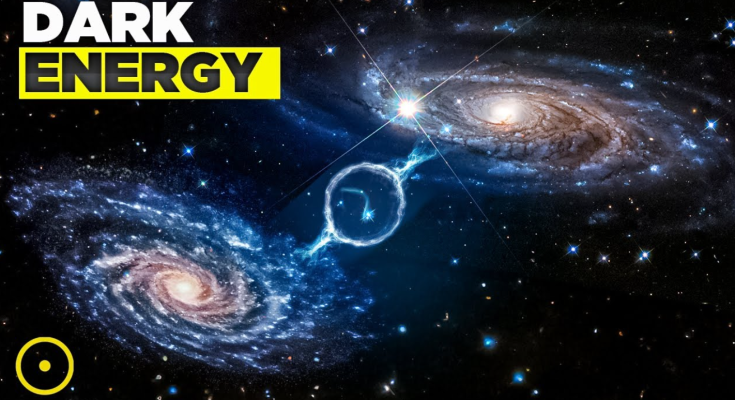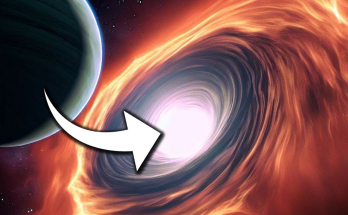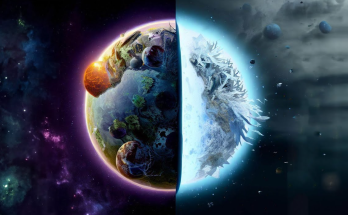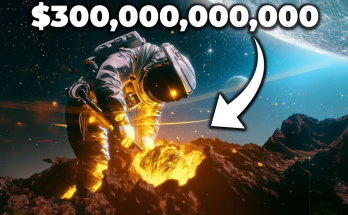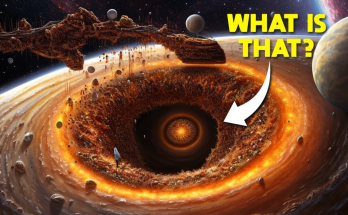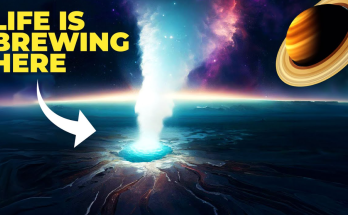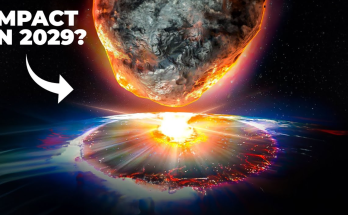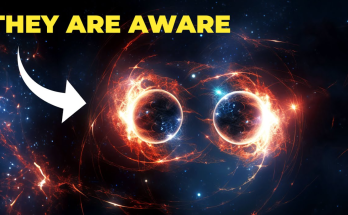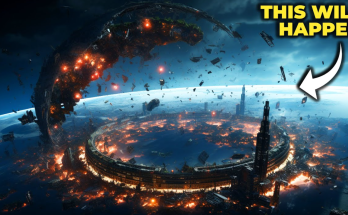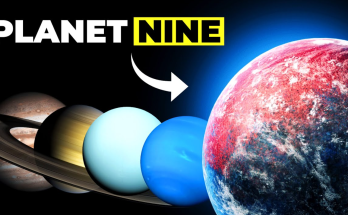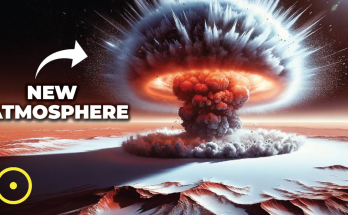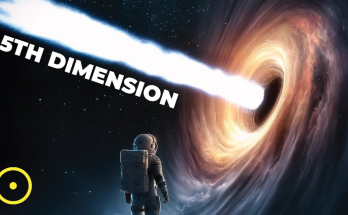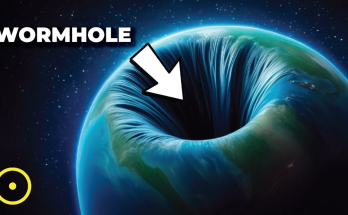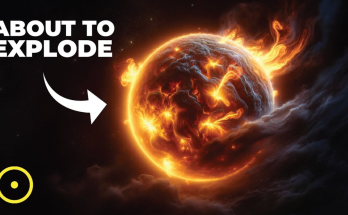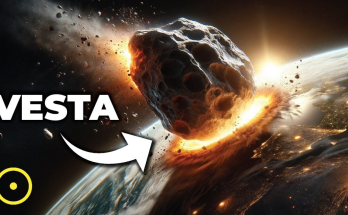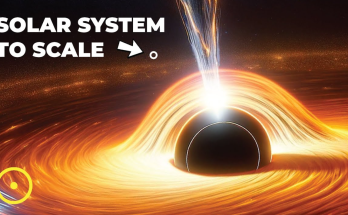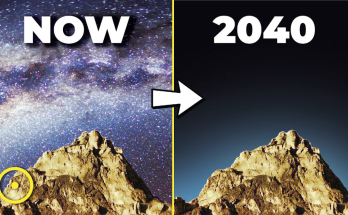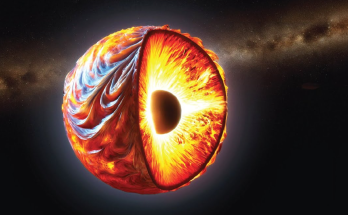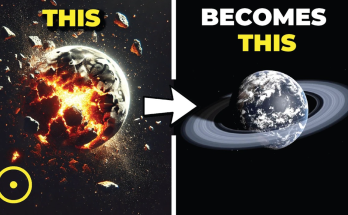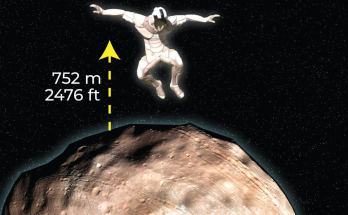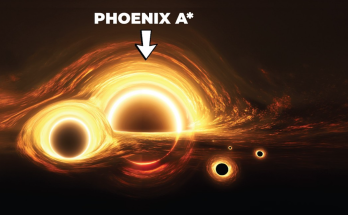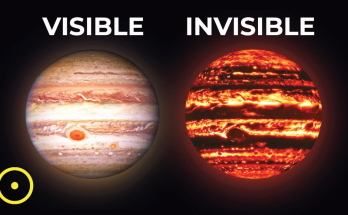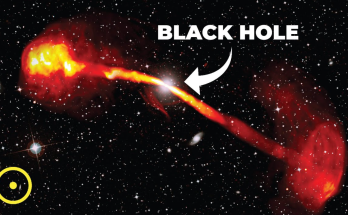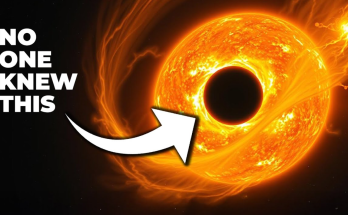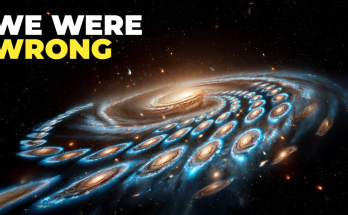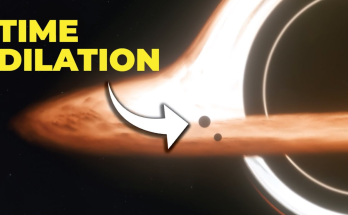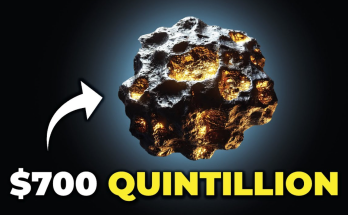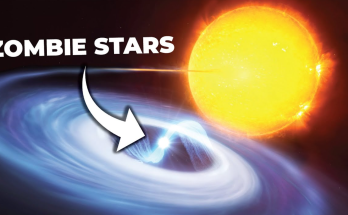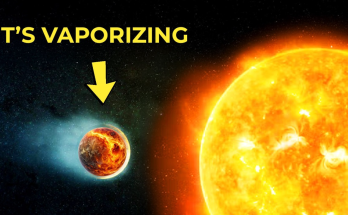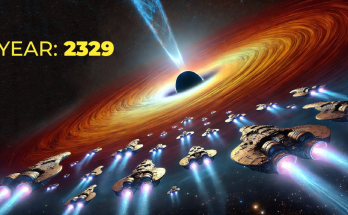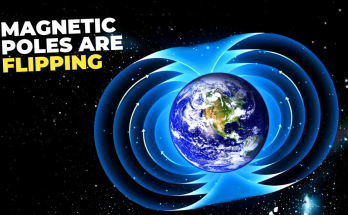The universe is expanding, and not just in a regular way—it’s accelerating. The mysterious force behind this accelerated expansion is known as Dark Energy. Although scientists are still grappling to fully understand it, Dark Energy is thought to be an unknown form of energy that fills space itself, acting like an invisible force field affecting the universe on the grandest scale.
Unlike gravity, which pulls objects together, Dark Energy works as a sort of “anti-gravity,” pushing galaxies apart. As the universe expands, Dark Energy’s influence seems to increase, making it a key player in the universe’s fate. While we can’t directly observe Dark Energy, we see its effects in the accelerated expansion of the universe, similar to how we understand the effects of Dark Matter. This discovery was so groundbreaking that it led to a Nobel Prize in Physics in 2011.
The story of how Dark Energy was discovered began in the late 1990s when astronomers were studying supernovae, massive exploding stars. These astronomers, led by Saul Perlmutter, Brian Schmidt, and Adam Riess, expected to find that the universe’s expansion was slowing down due to gravity. However, they were stunned to discover that the universe was actually speeding up. This surprising observation implied that some unknown force, which we now call Dark Energy, was counteracting gravity’s pull on a cosmic scale.
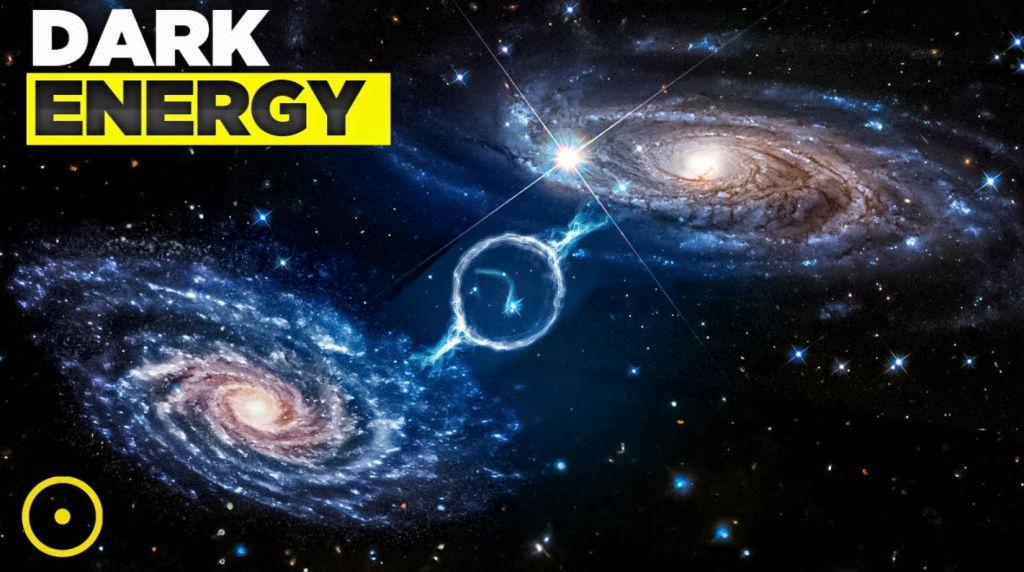
This revelation changed everything scientists thought they knew about the universe, and today, Dark Energy is understood to account for approximately 68% of the universe’s total energy. It is the dominant force driving the cosmos’ expansion. There are several theories about what Dark Energy might be. One theory is that it could be a constant, a force introduced by Albert Einstein, which could explain the universe’s continued expansion. Another theory suggests that Dark Energy could be tied to the very fabric of space itself, growing as space expands.
The implications of Dark Energy are enormous. If it continues to accelerate the expansion of the universe, it could lead to scenarios such as the “Big Freeze,” where galaxies will eventually move beyond each other’s reach, leaving future civilizations with a dark and lonely sky. Alternatively, the “Big Rip” could occur if Dark Energy grows so strong that it tears apart galaxies, stars, and even atoms.
Understanding Dark Energy challenges our current models of physics, including Einstein’s theory of general relativity and the standard model of particle physics. Unlocking its secrets may open doors to new theories of gravity and even a deeper understanding of the universe’s fundamental nature. The study of Dark Energy has also led to incredible technological advancements. Powerful telescopes like the Hubble Space Telescope and the James Webb Space Telescope have been pivotal in observing distant galaxies, contributing to our understanding of Dark Energy. Supercomputers, advanced algorithms, and new methods in spectroscopy have been used to process the data from these observations.
In addition, the quest to understand Dark Energy fosters international collaboration, with observatories and research facilities around the world working together. These advancements not only expand our knowledge of the cosmos but also lead to innovations in other fields, such as material science and environmental monitoring.
Ultimately, the study of Dark Energy is not just about understanding the universe’s expansion—it’s about rethinking the very fabric of reality and our place in it.
